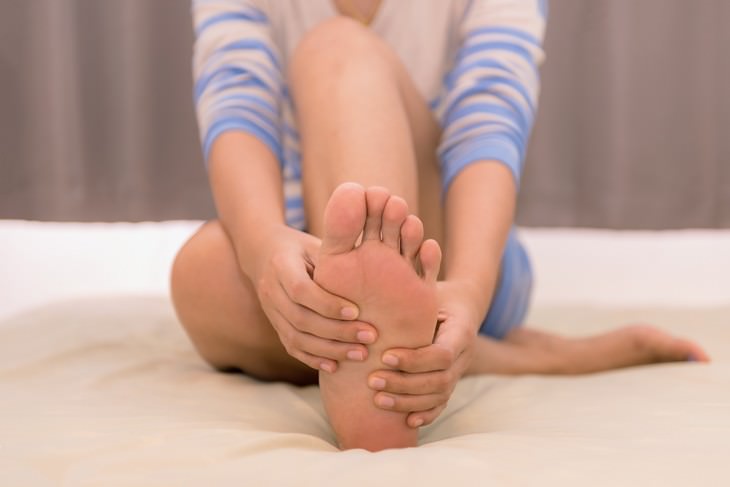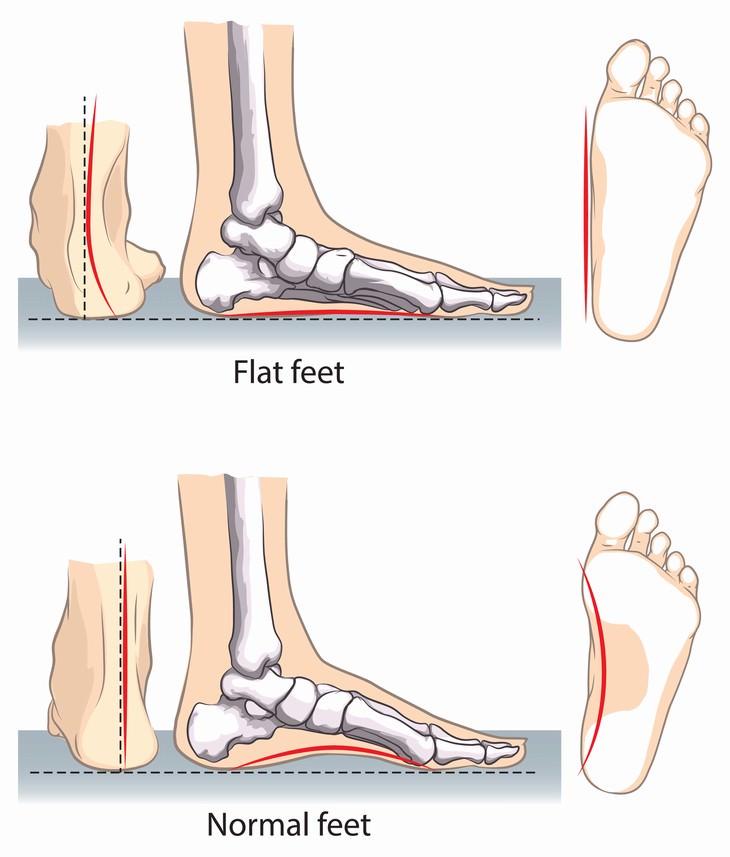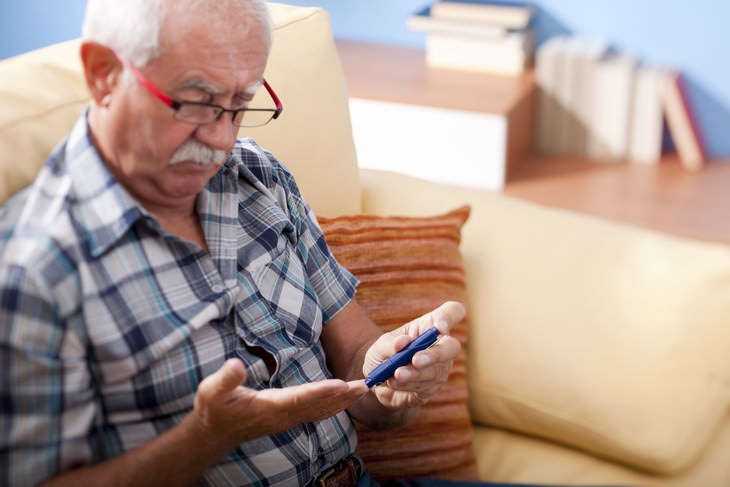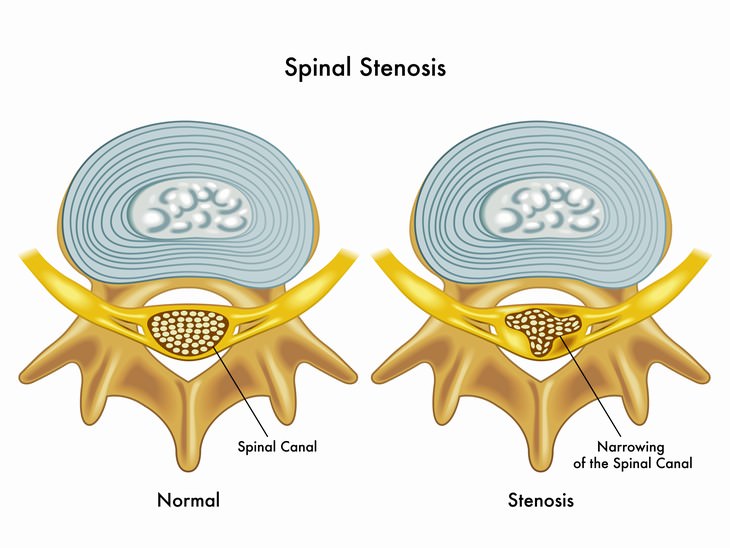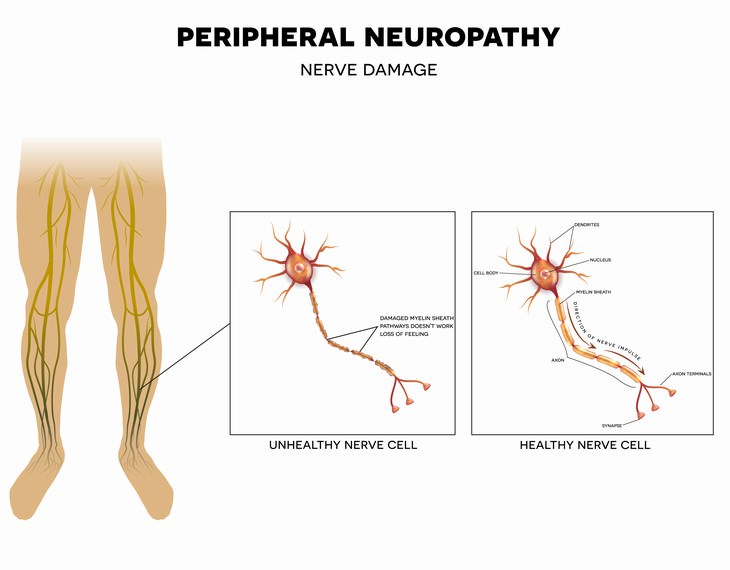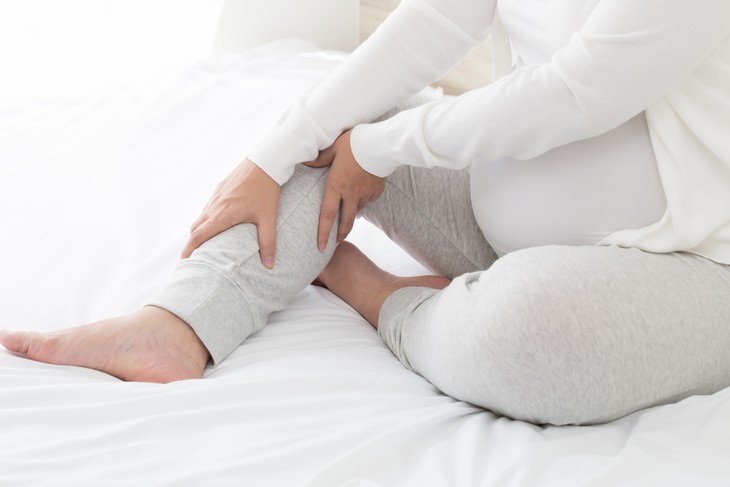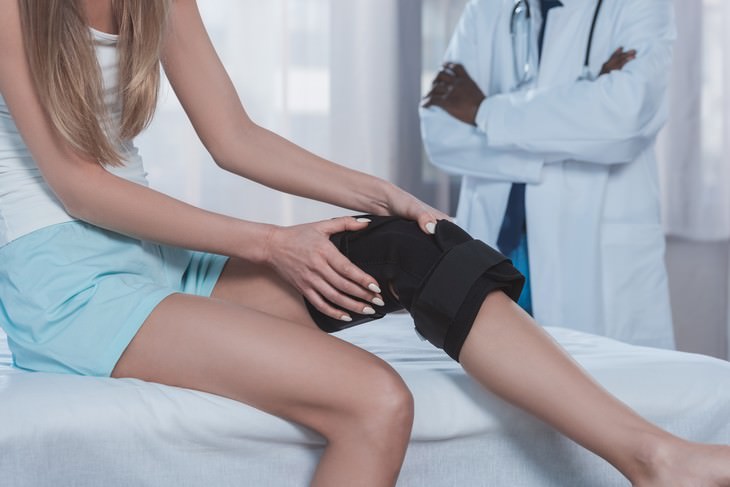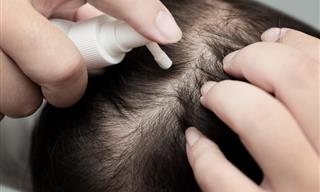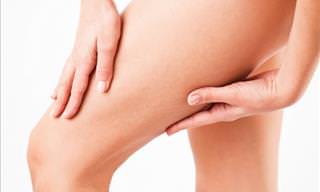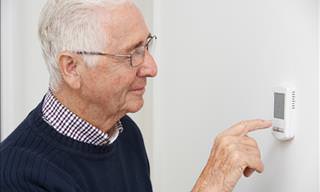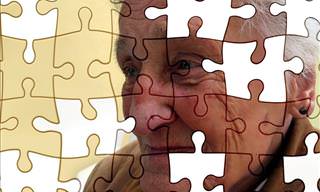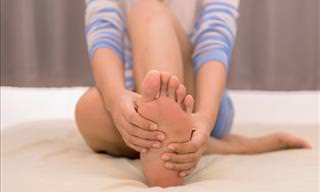The reason why you’re experiencing a leg cramp is clear: one of the muscles in your leg, typically the calf muscles, thigh muscles or the hamstrings contract involuntarily, but the underlying cause of this reaction is more nuanced, with many health conditions, medications and lifestyle choices playing a role in the process. The following are the most common causes of night leg cramps:
1. A Sedentary Lifestyle and Wrong Body Positions
Office workers commonly experience leg cramps at night, which is brought about by the underactive lifestyle many of them have. Sitting in the car on the way to work, sitting all day at the office, which is then followed by even more sitting on the couch 5 days a week year-round can shorten one’s leg muscles, which, in turn, makes them more vulnerable to injury and cramping.
Similarly, if you have the habit of sitting with your legs crossed, one leg on top of the other or with your toes pointed for long periods of time, this, too, can decrease blood flow and shorten the muscles, causing night leg cramps.
2. Flat Foot
Flat foot is a condition where the arches of the feet are too small or barely existent, which can make your legs hurt, swell and feel tired more quickly when walking. Some patients suffering from flat foot can experience frequent foot cramps or leg cramps at night, which are caused by the abnormal alignment of bones and the overstretching of certain leg muscles.
3. Metabolic Issues and Chronic Disease, Such as Diabetes or Kidney Failure
Many chronic and acute conditions can cause night leg cramps. These conditions include:
Most people suffering from one of these conditions would typically undergo some sort of treatment already, and improving your overall health will likely decrease your likelihood of getting leg cramps.
4. Structural Changes
Decreased blood flow or nerve connectivity in the legs can make you more prone to night cramps, too.
The most common cause of circulatory deficiency in the legs is Peripheral artery disease (PAD), a condition in which the arteries that supply your legs with blood become narrower, typically due to atherosclerosis, which restricts the quantity of blood that can reach your legs and feet, causing leg pain, especially when walking long distances, but can also cause numbness, coldness of the feet, erectile dysfunction in men and night cramps.
Lumbar spinal stenosis, a condition where the spine becomes narrower in the lower back and causes nerve damage or pressure on the nerves, too, can manifest itself in more frequent cramps, as well as pain, weakness, and numbness in the legs.
5. Overexertion
One of the most common causes of leg cramps is actually too much muscle strain, with many athletes suffering from frequent night cramps in their legs or feet, especially after they start training more heavily than they used to.
Standing for long periods of time, too, can fatigue your leg muscles and cause leg cramps.
6. Certain Medications
Leg cramping, including nightly cramping, is a commonly-listed side effect of many medications. The most common types of drugs associated with muscle cramping are:
- Blood pressure medications
- Statin drugs
- Oral contraceptives
- Dialysis
- Diuretics.
7. Neurodegenerative Diseases or Nerve Damage
Any type of nerve damage in the lumbar region, the spinal cord or the legs may make you more prone to cramps. Chemotherapy, for example, can sometimes cause nerve damage, as do neurodegenerative diseases, such as Parkinson’s and neurological disorders, such as peripheral neuropathy.
Unfortunately, recovery from nerve damage is very slow and time-consuming, and even if you’re undergoing some sort of treatment, chances are, you’ll be stuck with cramps and other symptoms for a while or permanently.
8. Normal Body Changes
Whether temporary or permanent, changes in your body can cause leg cramping as well. Statistical data shows that women are more prone than men to suffer from night leg cramps in general, but pregnant women are even more likely to do so than the rest. This is likely due to muscle fatigue brought about an increase in weight, higher nutritional requirements, and hormonal changes.
Similarly, aging increases one’s risk of suffering from leg cramps as well, with a reported 33% of individual past the age of 50 experiencing chronic night leg cramps. Chronic diseases may account for this part of these cases, but there is also a theory that the tendons, the supportive tissue joining our muscles and bones, which have a tendency to shorten over time, may account for more frequent cramp cases as well.
Prevention of Night Leg Cramps
As you can see, many conditions and other factors may predispose you to frequent night cramps. Fortunately, there are also preventative measures you can take that will compensate for the damage done and will ensure you have a painless good night’s sleep.
One of the best, and also the easiest things you can do to prevent night leg cramps is light exercise, especially if you know that you don’t get enough exercise during the day. Just half an hour of walking, biking or mild leg stretches can significantly decrease your risk of getting a leg cramp at night.
Secondly, you should always keep an eye on your daily fluid intake, as hydration is essential for muscle health, especially if you strain your muscles a lot.
Finally, it’s also worth taking a closer look at your sleeping position and footwear. Choose footwear that will support the arches of your feet without being too tight. Also, avoid sleeping with your feet pointing down, try sleeping on your side with a pillow or blanket tucked between your legs instead. For the same reason, don’t tuck yourself in too tight at night and opt for loose blankets and sheets to encourage a natural curve of your feet while you sleep.
Treating a Leg Cramp
- Gently massage and stretch out the muscle that hurts to loosen the tightness.
- Some people report that their symptoms fade faster if they apply a heating pad on the affected area or take a hot bath or shower.
- A little weird but sometimes effective method a lot of people swear by is drinking a small quantity of pickle juice.
- Finally, if your calf muscle was affected, you can try walking on your heels for a few minutes, which will relax your calves by activating the opposite muscles.
Note: if muscle cramps are frequent, extremely painful, accompanied by muscle weakness and don’t go away after a day, you should consult a doctor as soon as possible.
 Go to BabaMail
Go to BabaMail


